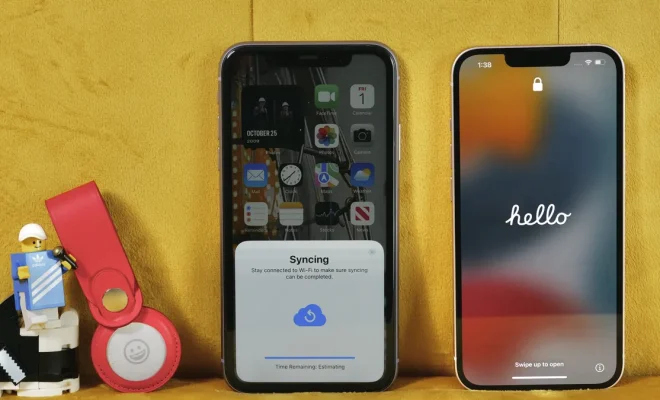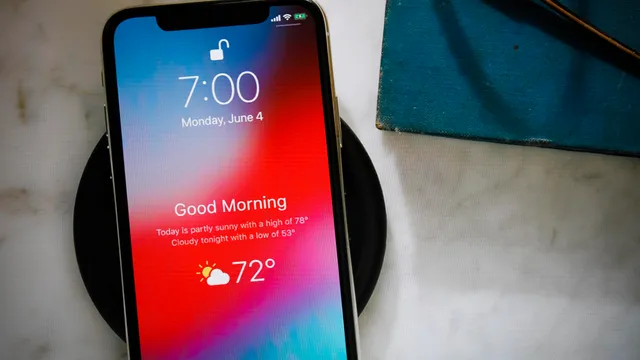Leasing a Car vs Buying Used: Quick Guide

When it comes to acquiring a vehicle, consumers are often faced with the decision of whether to lease a car or buy a used one. Both options have their pros and cons, and choosing the right option ultimately depends on one’s financial situation, lifestyle, and personal preferences. In this quick guide, we will explore the main differences between leasing a car and buying a used one, as well as offer some tips to help you make an informed decision.
1. Cost
Leasing tends to have lower monthly payments compared to purchasing a used car with financing. This is because when you lease, you are only paying for the vehicle’s depreciation during the lease term. However, it’s important to keep in mind that at the end of the lease, you won’t have any equity in the vehicle.
When purchasing used, your monthly payments are likely to be higher since you’re paying off the entire cost of the car. However, when you finish making payments on a used vehicle, you own it outright and can sell or trade it in whenever you choose.
2. Maintenance
Leasing generally comes with a manufacturer’s warranty which covers most repairs and maintenance during the lease term. This means less out-of-pocket expenses for upkeep compared to owning a used car that may no longer be under warranty.
On the other hand, used vehicles may require more frequent maintenance as they age, which can increase overall costs. However, diligent research can help you find well-maintained used cars that are less prone to expensive repairs.
3. Mileage restrictions
One downside of leasing is that there are typically mileage restrictions imposed by the leasing company. Exceeding these limits can result in additional fees when returning the vehicle at the end of the lease term.
Used cars have no such restrictions; if you buy a used car, you’re free to drive as much as you’d like without worrying about additional costs.
4. Customization
When leasing a car, you’re usually not allowed to make any major modifications. If you want to customize your car with aftermarket upgrades, purchasing used is the way to go, as you have full ownership and can modify the vehicle as desired.
5. Newer models
Leasing allows you to drive a newer model car every few years, meaning you’ll have access to the latest features and technologies. When buying used, your options are limited to the available inventory and may not include newer models with updated technology or safety features.
Final thoughts:
Ultimately, choosing between leasing a car and buying used depends on your individual needs and preferences. Leasing can offer lower monthly payments and access to newer vehicles with less maintenance responsibility. On the other hand, buying used allows for unlimited mileage, customization, and complete ownership of the vehicle once payments are completed.
Take time to evaluate your long-term goals and financial situation before making a decision, and consider seeking advice from automotive experts or financial professionals to ensure you’re making the best choice for your needs.


